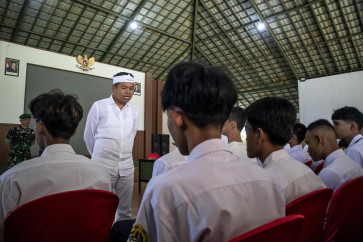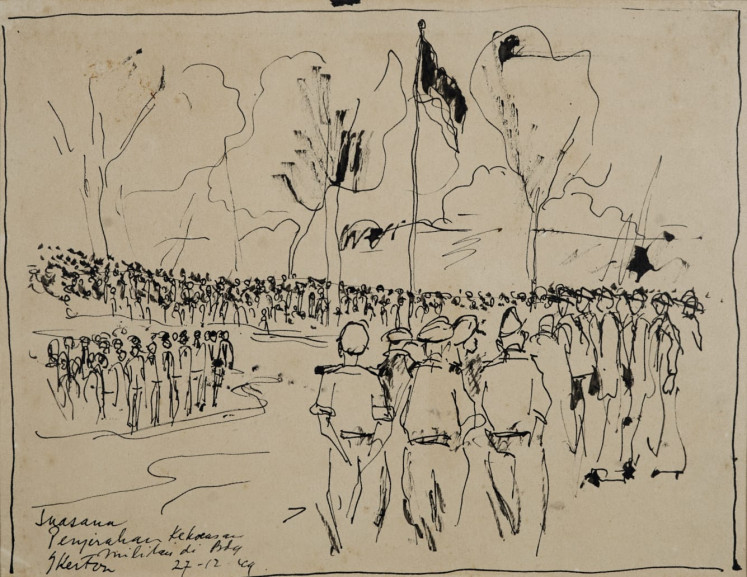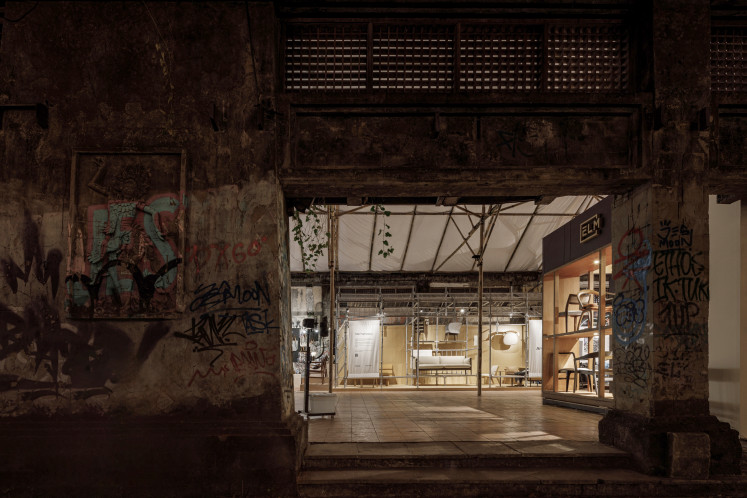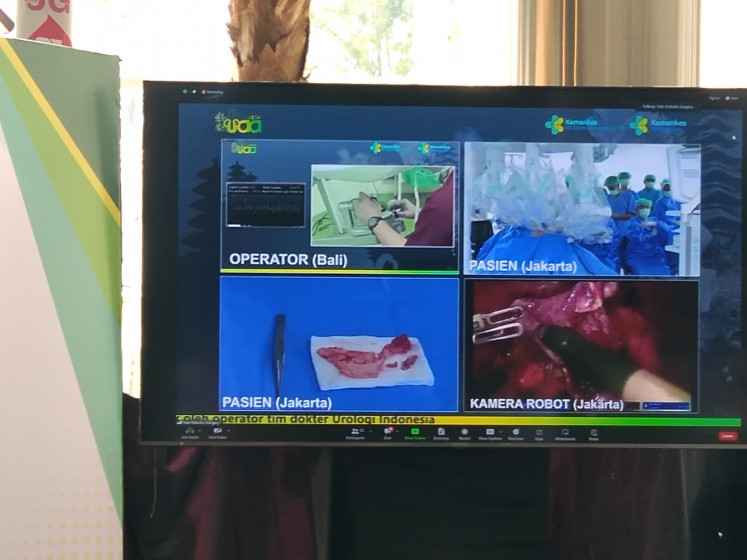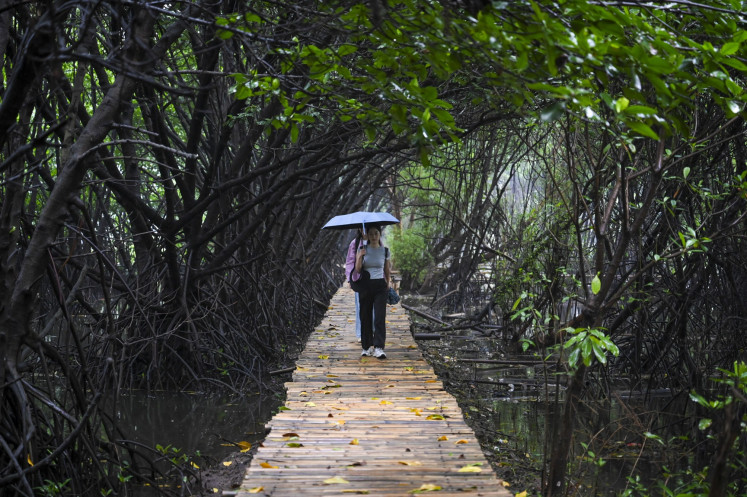Popular Reads
Top Results
Can't find what you're looking for?
View all search resultsPopular Reads
Top Results
Can't find what you're looking for?
View all search resultsAncient Aztec temple, ball court found in Mexico City
Change text size
Gift Premium Articles
to Anyone
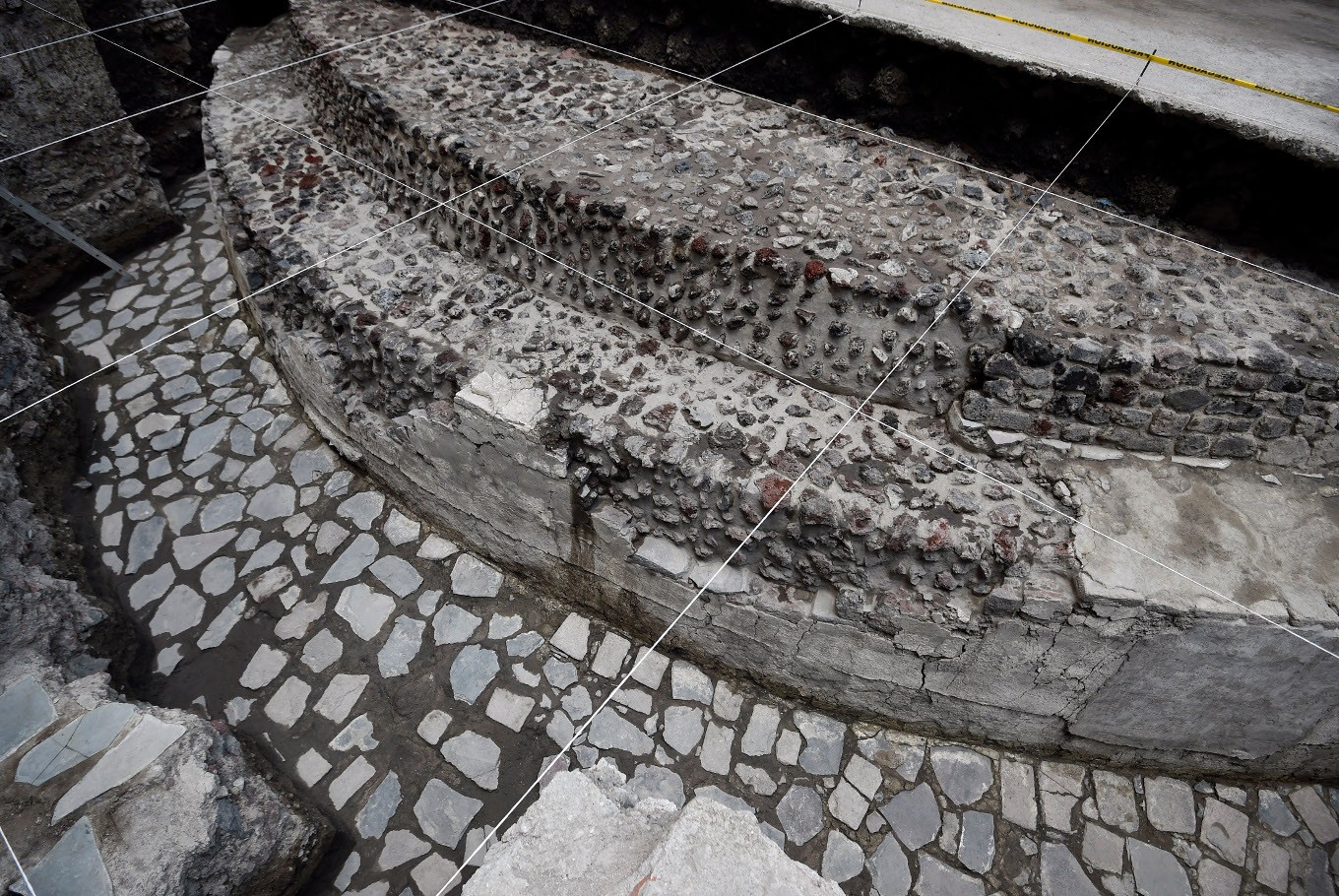 View of the archaeological site of the ancient Aztec temple of Ehecatl-Quetzalcoatl and ritual Ball Game recently discovered in downtown Mexico City on June 7, 2017. (AFP/Alfredo Estrella)
View of the archaeological site of the ancient Aztec temple of Ehecatl-Quetzalcoatl and ritual Ball Game recently discovered in downtown Mexico City on June 7, 2017. (AFP/Alfredo Estrella)
A
giant temple to the Aztec god of the wind and a court where the Aztecs played a deadly ball game have been discovered in the heart of Mexico City.
Archaeologists unveiled the rare finds Wednesday after extensive excavations, giving journalists a tour of the semi-circular temple of Ehecatl-Quetzalcoatl and nearby ball court.
Records indicate that Spanish conquistador Hernan Cortes first watched the ritual Aztec ball game at the court in 1528, invited by the last Aztec emperor, Montezuma -- the man whose empire he went on to conquer.
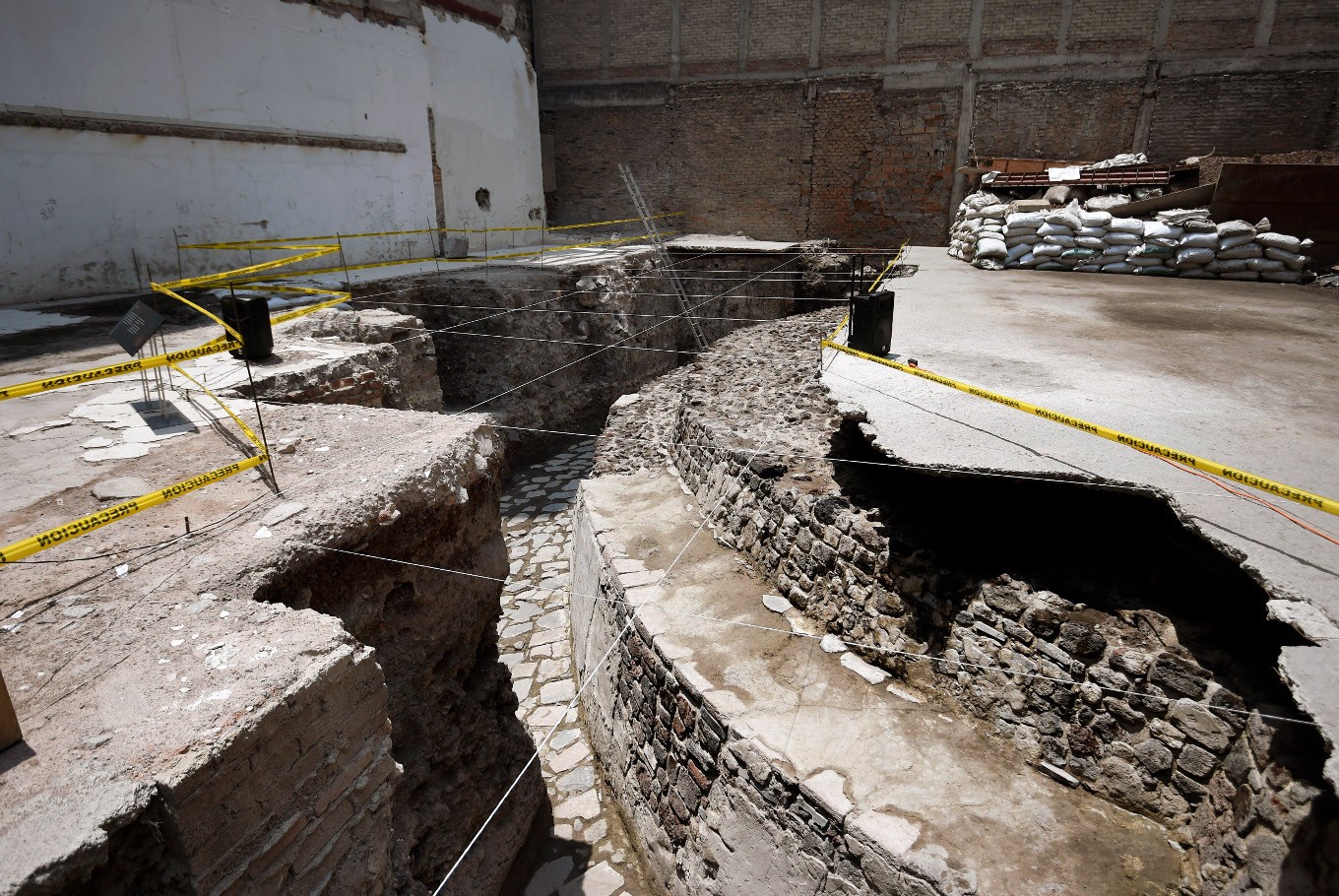
Historians believe the game involved players using their hips to keep a ball in play -- as well as ritual human sacrifices.
Archaeologists uncovered 32 sets of human neck bones at the site, which they said were likely the remains of people who were decapitated as part of the ritual.
Only part of the structure remains -- a staircase and a portion of the stands. Archaeologists estimate the original court was about 50 meters (165 feet) long.
The temple, meanwhile, is a giant semi-circle perched atop an even larger rectangular base. The whole thing once measured some 34 meters across and four meters high, archaeologists said.
Read also: 'Parthenon of Books'; monumental artwork protests censorship
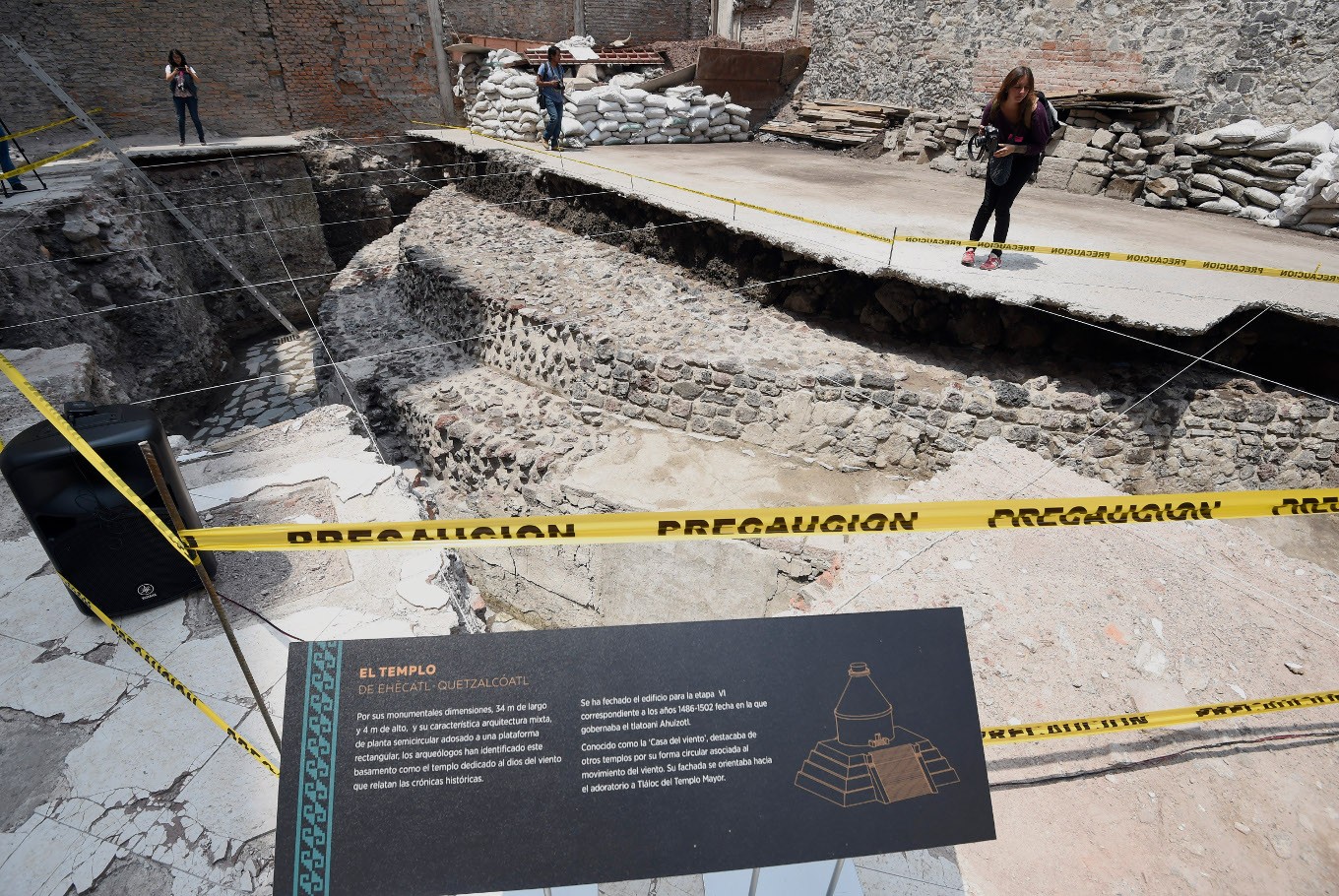
The ancient structures stand in startling contrast with the sprawling mega-city that now surrounds them, which was built atop the ruins of the Aztec capital, Tenochtitlan.
They are just the latest ancient vestiges to be discovered in the historic city center, at what is known as the Great Temple site.
"The discovery we are looking at is a new chance to immerse ourselves in the splendor of the pre-Hispanic city of Tenochtitlan," Culture Minister Maria Cristina Garcia said.
A hotel formerly stood on the site of the newly discovered ruins until 1985, when it collapsed in a catastrophic earthquake that killed thousands of people.
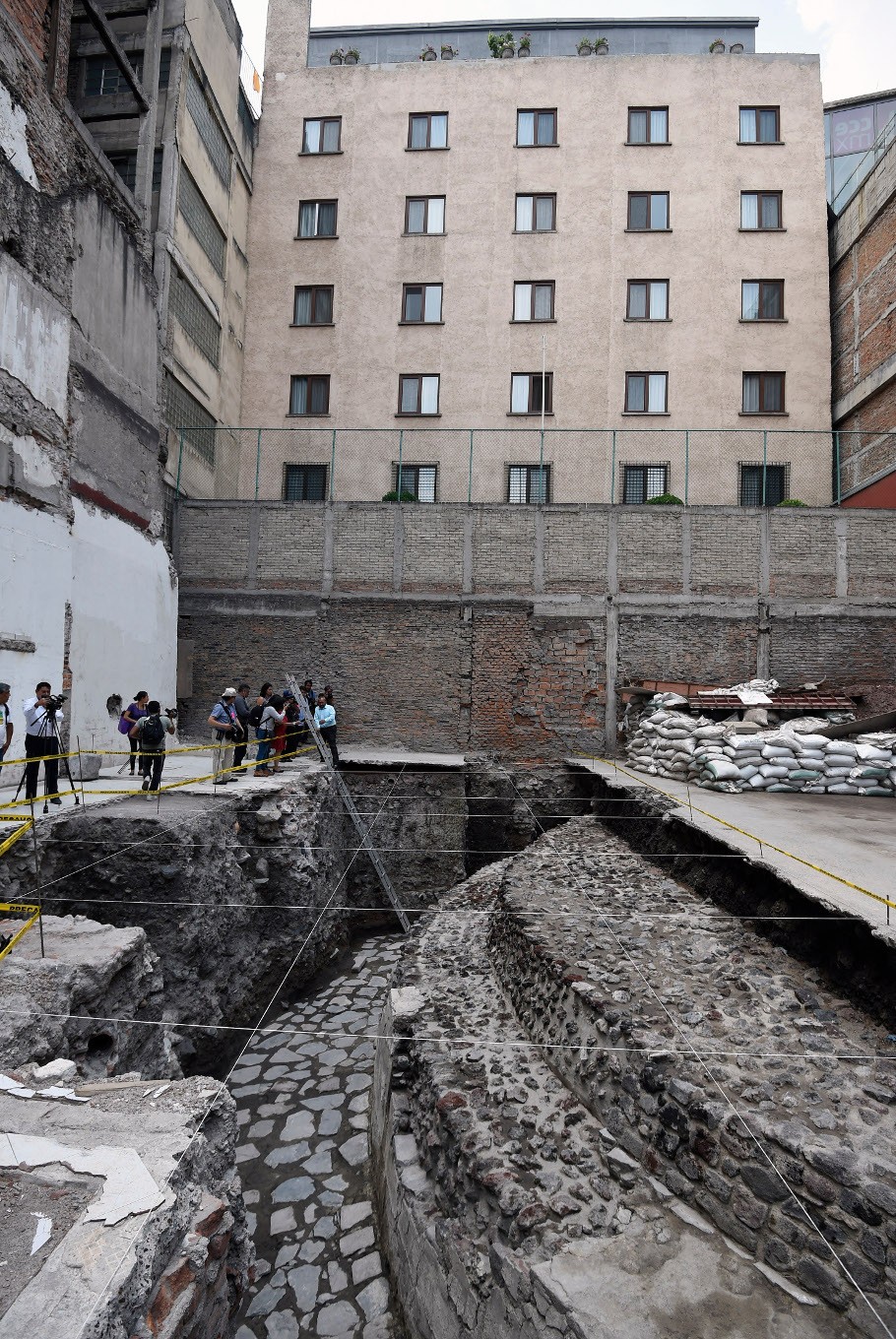
The hotel's owners then noticed the ancient remains and alerted the National Institute of Anthropology and History.
Archaeologists believe the temple celebrated the god of the wind and was built between 1486 and 1502.
Officials said they plan to open the site to the public, although no date has been set.

